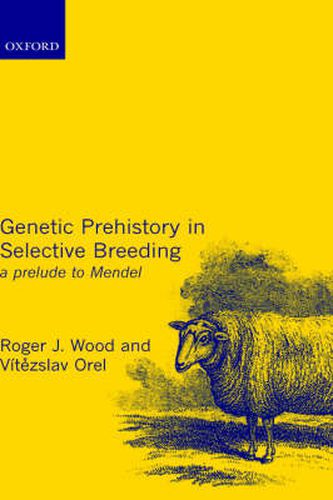Readings Newsletter
Become a Readings Member to make your shopping experience even easier.
Sign in or sign up for free!
You’re not far away from qualifying for FREE standard shipping within Australia
You’ve qualified for FREE standard shipping within Australia
The cart is loading…






Before Mendel, who came closest to the truth about heredity? This book examines the activities of sheep breeders able to transform the appearance and qualities of their stock by combining different traits of body or wool into new patterns. Exploiting what were then untried procedures - individual trait selection, very close inbreeding and progeny testing - they demonstrated inheritance from both sexes and showed how it could be stabilised. Major advances in breeding are associated with the English farmer Robert Bakewell (1725-1795). By the following century, when the same procedures had been established at breeding centres in central Europe, theory as well as practice became the subject of wider attention. In the Brno Sheep Breeders’ Society, discussions of patterns of heredity finally gave way to the physiological question, ‘What is inherited and how?’ The question was posed by Cyrill Napp, abbot of the monastery to which Mendel was admitted six years later.
$9.00 standard shipping within Australia
FREE standard shipping within Australia for orders over $100.00
Express & International shipping calculated at checkout
Before Mendel, who came closest to the truth about heredity? This book examines the activities of sheep breeders able to transform the appearance and qualities of their stock by combining different traits of body or wool into new patterns. Exploiting what were then untried procedures - individual trait selection, very close inbreeding and progeny testing - they demonstrated inheritance from both sexes and showed how it could be stabilised. Major advances in breeding are associated with the English farmer Robert Bakewell (1725-1795). By the following century, when the same procedures had been established at breeding centres in central Europe, theory as well as practice became the subject of wider attention. In the Brno Sheep Breeders’ Society, discussions of patterns of heredity finally gave way to the physiological question, ‘What is inherited and how?’ The question was posed by Cyrill Napp, abbot of the monastery to which Mendel was admitted six years later.